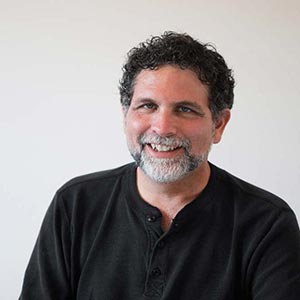I had the pleasure to spend last weekend at a conference dedicated to American philosophy. It was the annual conference of SAAP (The Society for the Advancement of American Philosophy.) During the three days I heard some fascinating and illuminating papers read and discussed, all related to topics that we often discuss here on this blog. I am sure that over time I will have the chance to share a great deal of what I picked up at the conference, but for now I want to share a deepening understanding that I have gained into the ideas of John Dewey and particularly his ideas about how human beings transact with the Environment. I think that this post may well serve to focus some of the recent commenting that I have read from some of you.
Dewey I learned actually used the word transaction to describe the relationship between the human being and the environment. He used it specifically because he saw that relationship as a mutual interchange. As we have discussed here before he didn’t feel comfortable with the usual model of the reflex arc – that is the idea that human activity is simply the result of reactions to external stimuli.
One of the things that I have really picked up on is that a big reason for this is that Dewey saw the human being as an unendingly active process of activity. If you think of a stimulus that acts on a person and then you imagine that the person reacts then you are essentially picturing a person in an inactive state that is excited to an active state. In essence the human being is jolted into some energetic response presumably to fall back to inactivity again. Even if you imagine that stimulus are constantly bombarding the human entity, still using this model the human being is inherently inert and being acted upon.
Dewey saw human beings not as inert objects, but as active processes. Human begins are constantly sensing into their environment, reaching out with movement, sight, touch, taste, smell and cognition. This continual groping into the environment is also being always guided by intelligence and intention and emotion. In a world that in any second presents a potentially infinite number of stimuli that can be responded to the human being chooses in conscious and unconscious ways which will actually enter into awareness to be potentially acted upon.
In this way the human being is already actively participating in “responding” before the stimulus even reaches awareness. That is why Dewey talks about how the ultimate reaction to a stimulus can already partially to be found in the human being before the stimulus is even present. If I am hungry and I am looking in the refrigerator for food the sight of an apple may be the stimulus that triggers me to reach for it and pick it up, but in a sense I was already looking for the apple before I even knew it was there. In this way you can see that Dewey’s conception of stimulus and response makes the human being a completely active participant and not a passive one.
So with this insight you can see that Dewey’s “transactional” universe is in a constant state of interplay. If the human being is instead seen as a passive or inert element then the interaction between human and environment looks like billiard balls hitting each other. One stimulus knocks the human this way and the next another. In Dewey’s conception the interaction is more like a dance – a continual mixture of forces and energies, pushes and pulls – constantly resulting in the “affairs” (to use Dewey’s term) of the next moment.
